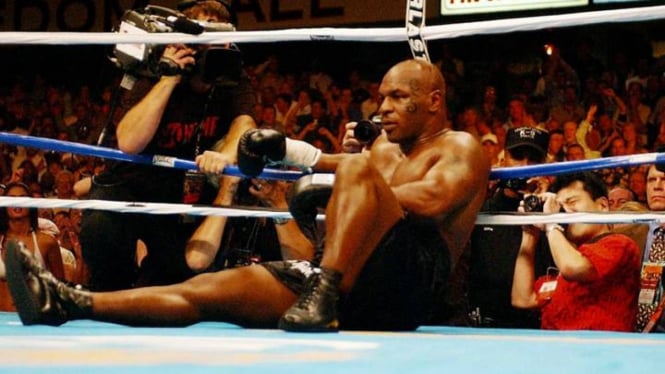Lower back pain or low back pain is a common complaint. The pain is located in the lower back and sometimes radiates to the buttocks or thigh. Sometimes the joint between the pelvis and the tailbone (the so-called SI joint) is the culprit. The pain is then at the transition to the pelvis.
–
–
Low back pain has several causes. ‘Normal’ pain in the lower back includes all conditions that are not caused by a disease, hernia, deviation or damage to the back. We make a distinction between lower back pain with a medical cause and lower back pain due to other causes.
Medical causes of low back pain:
- Rughernia.
- Narrowing of the spinal canal, also called lumbar stenosis. In addition to low back pain, this narrowing often also causes pain or a tired feeling in the legs.
- Nerve entrapment.
- Tumor – This is a rare cause of low back pain. This can be, for example, a bone tumor in a spine, which presses on the spinal cord and nerves, causing irritation. This irritation causes pain in (usually) the lower back that can radiate to the legs.
- Infection – an infection in the back can develop after an illness, injury or surgery. You can recognize infection symptoms by: fever, pain, redness, warm feeling on the inflamed area or pus formation in any wound.
- Fracture.
- Bekhterev’s disease.
- Scoliosis. Shift of a spine – a shift is usually caused by an accident, but can also occur with cancer of the vertebrae.
–
–
Other causes of low back pain:
- Incorrect posture.
- Overload.
- Using the back too little.
- Wrong way of moving.
- Leg length difference.
- Stress.
In only five percent of low back pain cases, a clear physical cause is found. A CT-scan of MRI shows deviations in many slightly older people that are consistent with wear, without this being meaningful. To avoid misdiagnosis, most doctors only opt for a scan if the back pain clearly points to a hernia or fracture. This is how the diagnosis is made definitive.
–
–
There are several exercises that strengthen or relax the lower back. By performing these exercises you can reduce the complaints of low back pain. Always consult a doctor or physiotherapist before doing any exercises on your own. Relaxing exercises loosen the muscles in the back, which reduces stiffness.
Raise your knees
- Lie on your back.
- Put your feet flat on the floor.
- Slowly pull one knee toward your chest.
- Hold this pose for thirty seconds.
- Repeat with the other leg.
Turn lower back
- Lie on your back.
- Put your feet flat on the floor.
- Slowly move the knees to the left from this position.
- Repeat the movement to the right.
- Rest the shoulders on the floor during the exercise.
Tilting pelvis
- Make your back as hollow as possible (buttocks back and stomach forward).
- Slowly straighten the lower back. You can perform this exercise lying down, sitting or standing.
In addition to relaxing exercise, it is important to strengthen the lower back muscles. By stronger belly– and back muscles prevent your back pain in the future.
–
–
For this article we collaborated with Gezondheidsplein.nl. There you will find many more articles on health, checked by doctors and medical specialists.
–
–


